When we talk about balance, both in the physical sense as well as metaphorically, we often use the words finding balance. We do that as if balance were a magical state that we only need to discover, hiding somewhere under a giant lotus leaf. Once we find it, then we simply ‘have’ it, is the implication, and we don’t need to worry about it any longer. This is, of course, not really how balance works. Practicing the art if balancing is a continuous act, and that is actually a good thing.
I don’t want to read too much into the simple phrase finding balance. However, the words we use to describe concepts and things do subtly influence how we think about them. Finding balance makes you search for an idealized unchanging state that you think exists somewhere. On the other hand, thinking about practicing the art of balancing focuses your awareness on the active and ongoing part you play in balancing. And when you internalize this perspective, practicing the art of balancing will become much easier, because balance is something dynamic and ever-changing, and requires — and thus teaches you — mindfulness.
Balancing poses teach you about balance in the rest of your life
Practicing balancing poses emphasizes the dynamic nature of balancing. After all, when you find balance in a balancing pose, you will fall over almost immediately if you stop to adjust and readjust continuously, guided by your awareness of what is happening in each moment.
As you try to keep yourself from falling out of a balancing pose, you may find that you have lost awareness of your breath. You have lost your breath because you are trying so hard to balance. But when you lose your breath, balancing actually gets more difficult. This is the case because a full, conscious breath connects you with your body and creates suppleness by balancing effort and surrender (see what I did there?). A forced or suspended breath, on the other hand, disconnects you from your body. It creates a rigidity that is in conflict with the continuous movement necessary to keep balancing.
As we move into balancing poses this week, I want you to keep thinking about balancing as your own continuous action. I want you to think of it as something that flows out of your focused awareness of your body and your breath, not something to be discovered or obtained. In approaching the art of balancing in this way, it becomes a perfect example of mindful movement, of moving into stillness.
Try practicing the art of balancing now: Tree Pose
The most common balancing pose in yoga is probably Tree Pose (Vrksasana). Stand with the feet parallel, lift your toes and spread them. Then extend them forward to bring them back to the floor in order to increase the size of your foundation, but without gripping. Now lift one knee towards the chest and place your hands on your shin. Notice that almost inevitably you have rounded your back and collapsed your chest to reach your shin with your hands. Inhale, float your breastbone up and broaden across your collarbones. Tilt your tailbone up slightly to return towards a more neutral spine. Notice how a more neutral spine frees your breath.
Slide your hand down to your lifted ankle, rotate the knee out to the side and place the sole of your foot into the opposite inner leg. How far up or down the leg you place the foot depends on your hip flexibility. Thigh, inner calf, or inner ankle all work. (However, don’t place your foot on your inner knee if it makes your knee feel uncomfortable.)
The point is to find the foot placement that optimally challenges your balance. If your balance is challenged so much that you are constantly falling, that is not optimal. Conversely if you are in no danger of falling, that’s not optimal, either. Press the sole of your foot and the inner leg into each other to increase your stability.
Are you balancing or bracing?
Notice where the weight falls in your standing foot. If the weight is unevenly distributed (for example, most of the weight in the outside edge of your foot) notice how stable you are. Now distribute the weight more evenly into all four corners of your foot. Does that make you more stable or less stable? It probably makes you less stable. Why is that? Isn’t that a “bad” thing? Don’t I want to be more stable?
If your weight was unevenly distributed and you felt more stable that way, you have made an important discovery: You weren’t actually balancing, you were bracing. Bracing means arranging your body in such a way that you are leaning in one direction, and then constantly engaging one set of muscles to counteract the lean. This is the easy way to stay upright, the one that can be done on autopilot. However, it does not really challenge your balance, and thus does not really improve your ability to balance. You know which way you are falling, and what muscles to engage to prevent the fall. When you distribute your weight evenly in all four corners of your foot, it is now possible for you to fall in any direction. And that requires you to turn off the autopilot so you can respond intelligently to the possibility of falling in any direction, and then catching yourself.
Observe the continuous nature of the art of balancing
When you distribute the weight evenly in the standing foot, notice how active your standing foot is. Become aware how the numerous muscles in your foot and lower leg engage and relax continuously and in various combinations to bring your center of gravity back over your foundation. Observe how you momentarily press into the floor with your outer toes, for example, and then press down through your inner heel to correct for the previous correction. Notice how the point of greatest pressure in the foot constantly moves around as you practice the art of balancing.
Adjust the challenge to be just right
If balancing here is challenging for you, make sure you look at a non-moving object in front of you. The closer that object is, the easier, because you can detect slight movements sooner, which allows you to start correcting sooner. If it is still really difficult, you could try balancing with both feet on the floor, but with your eyes closed. Alternatively, notice whether it is easier to balance with one knee lifted towards your chest and your hands around the back of your thigh.
If on the other hand balancing in Vrksasana is easy for you, challenge your balance by lifting your arms overhead, and/or closing one or both of your eyes. Still too easy? Come onto your tip toes. The point is to find a position in which you can keep balancing without falling over constantly, but which requires your full awareness in order not to fall.
Once you have created a place that perfectly challenges your balance, stay for a few breaths. Observe your breath, and smooth it out, making it more delicious. Contemplate the dynamic nature of practicing the art of balancing, and observe how practicing the art of balancing increases your mind’s presence in the moment. And when you do fall, practice the art of not getting stressed out when stressful things are happening. Do this by smiling as you are falling, to disrupt your tendency to get upset about falling. Return the foot to the floor, shake out the standing leg, and repeat on the other side.
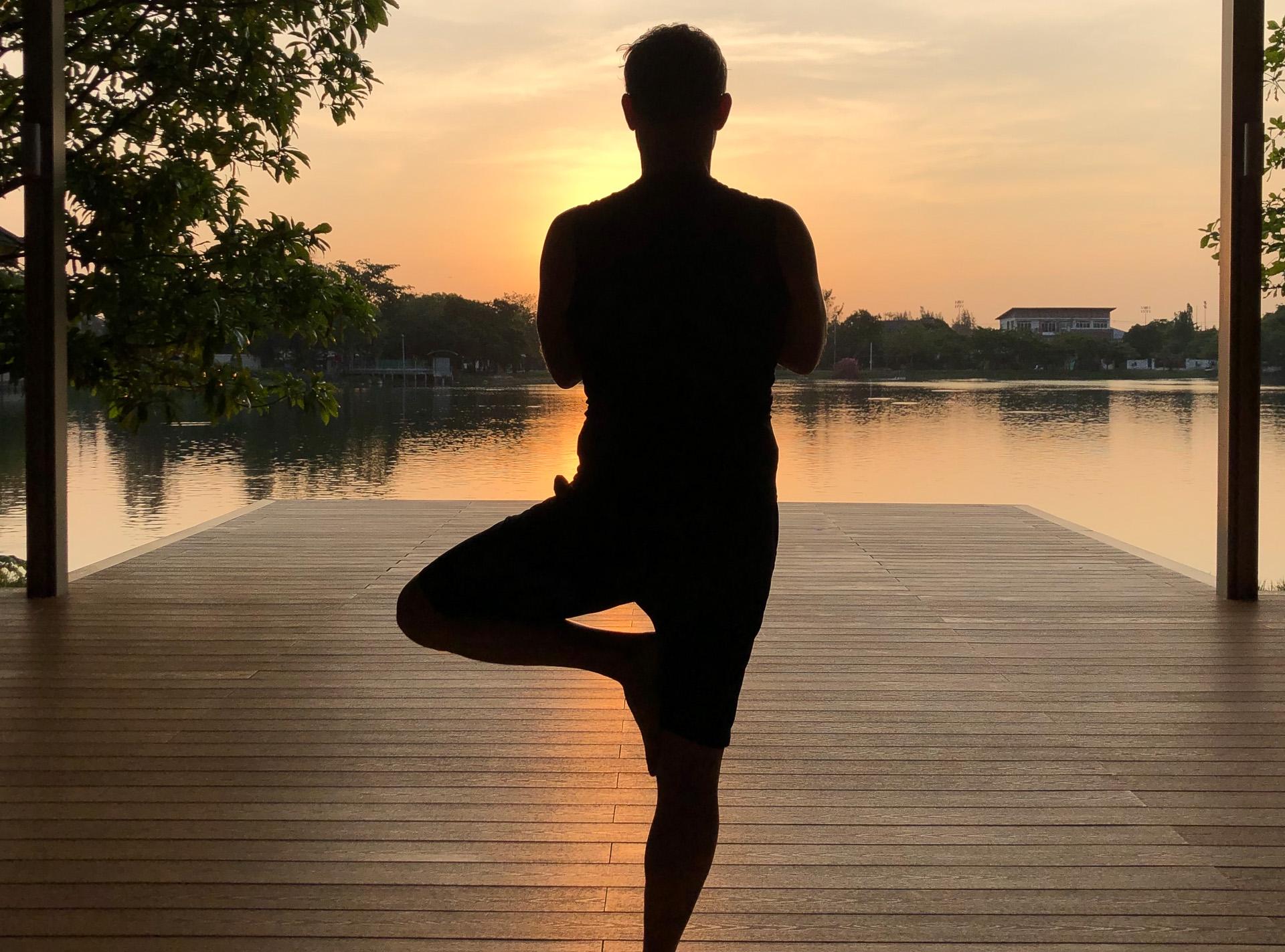
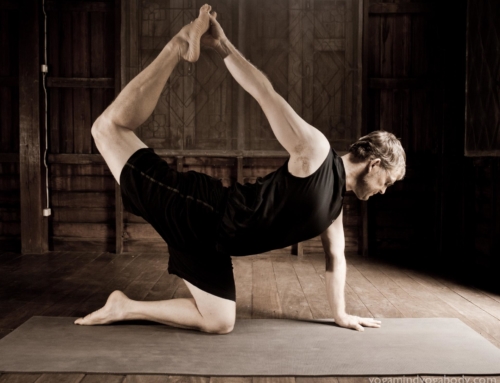
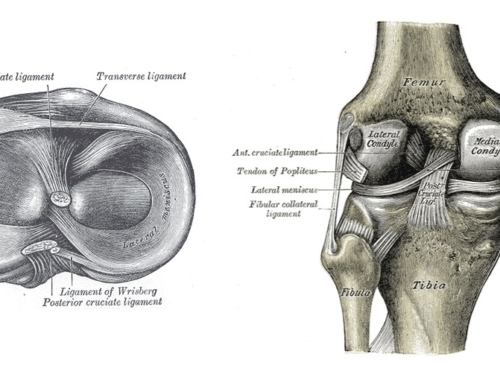
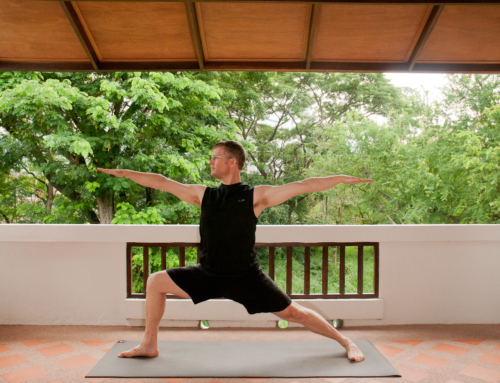
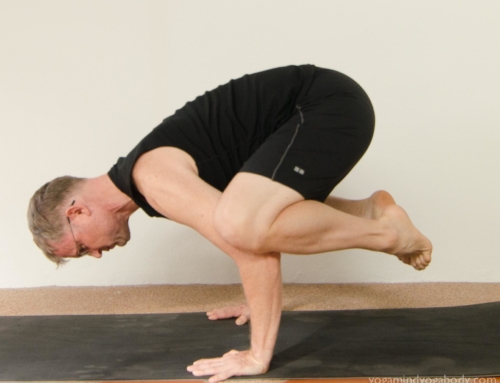
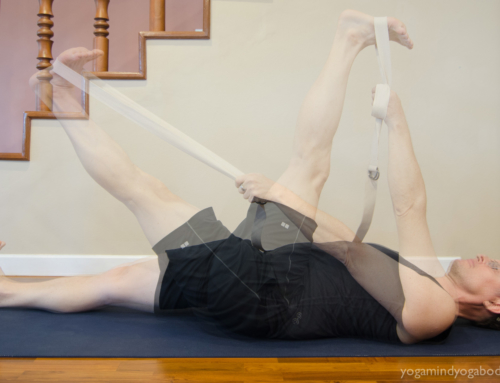
Leave A Comment